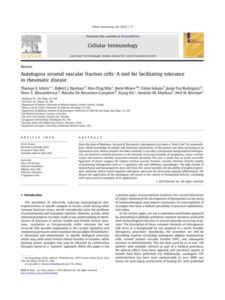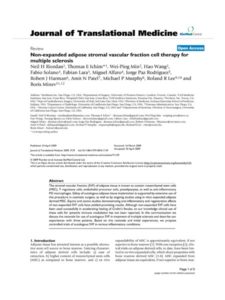Ascorbate inhibition of angiogenesis in aortic rings ex vivo and subcutaneous Matrigel plugs in vivo.
J Angiogenes Res. 2010 Jan 18;2:2.
Mikirova NA, Casciari JJ, Riordan NH.
Abstract
Background
Angiogenesis is critical to tumor growth and is therefore a potential target for cancer therapy. As many current inhibitors of angiogenesis exhibit host toxicity, natural alternatives are needed. At millimolar concentrations, ascorbate (vitamin C) inhibits migration and tubule formation by mature endothelial cells and endothelial progenitors. In the present study, we examined the effects of ascorbate, at levels relevant during intravenous infusion therapy, on angiogenesis using an ex vivo an in vivo assay.
Methods
Two assays were used to evaluate effect of high-doses ascorbic acid on angiogenesis: ex vivo rat aortic ring explant assay in Matrigel matrices and in vivo Matrigel plug assay. In aortic rings, we quantified microvessel growth, branching and vessel regression under different treatment conditions. In murine angiogenesis assay, male C57 mice 6-8 weeks old were treated by high-dose ascorbic acid and the number of microvessels was analyzed by histological method. To characterize the population of cells that formed capillary network and microvessels, the sections were stained by CD34 and CD31 antibodies.
Results
Results show that sprouting of endothelial tubules from aortic rings was reduced in a concentration-dependent fashion by ascorbate: while controls roughly tripled sprout densities during the study, ascorbate (1 mg/mL, 5.5 mM) actually reduced sprout density. In vivo, the ability of mice to vascularize subcutaneously implanted Matrigel plug was diminished if the mice were treated with 430 mg/kg vitamin C: numbers of vessels, and vessel densities, in plugs from treated mice were roughly 30% less than those in plugs from untreated mice.
Conclusions
We conclude that the inhibition of angiogenesis by ascorbate suggested in vitro is confirmed in vivo, and that angiogenesis inhibition may be one mechanism by which intravenous ascorbate therapy shows efficacy in animal experiments and clinical case studies.


